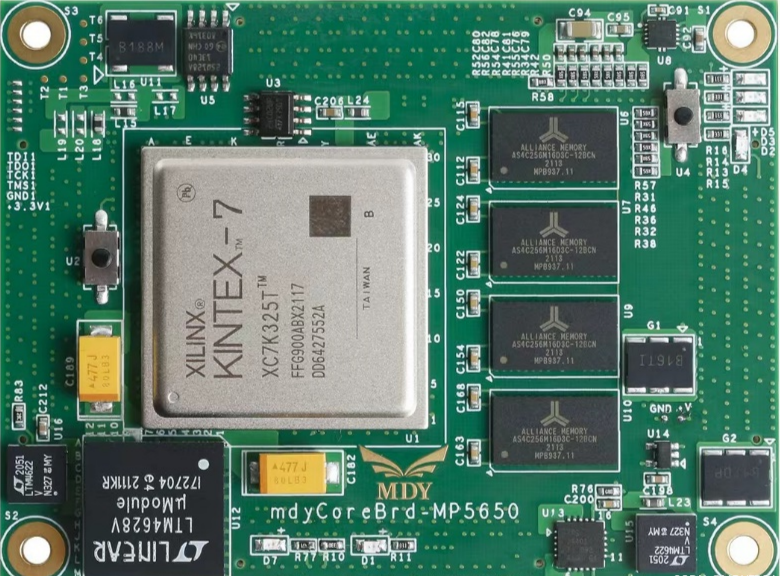Time: 2024-12-23 13:39:11View:
Choosing the right Xilinx FPGA depends on your project requirements, budget, and experience level. Below are the key factors to consider:

1. Define Your Project Requirements
Power Consumption: Is it a low-power or high-performance application?
2. FPGA Families Overview
FPGA Family | Use Case | Performance | Power | Cost |
Cost-effective, general-purpose | Medium | Low | Low | |
Entry-level, low-power | Low | Very Low | Very Low | |
High-performance, mid-range | High | Medium | Medium | |
High-end, extreme performance | Very High | High | High | |
FPGA + ARM Processor (SoC) | Medium | Medium | Medium | |
Advanced SoC with quad-core ARM | Very High | High | High | |
Ultra high-end performance | Extreme | High | Very High | |
Versal ACAP | AI-optimized Adaptive Compute Platform | Extreme | Variable | Extreme |
Quick Tips:
Opt for Virtex or Versal ACAP for cutting-edge applications like AI, HPC, and complex signal processing.
3. FPGA vs. SoC (System-on-Chip)
FPGA + ARM SoC: Choose Zynq-7000 or Zynq UltraScale+ for embedded applications.
4. Tools and Development Environment
Consider using Vitis AI for ML/AI applications on Zynq UltraScale+ and Versal.
5. Community and Documentation
A strong community helps when troubleshooting issues.
6. Budget
For cost-sensitive projects, choose Artix-7 or Spartan-7.
7. Prototyping vs. Production
Production: Choose a specific FPGA chip that matches your design.
8. Future Scalability
Choose an FPGA family with an upgrade path to higher-end devices if your project grows.
Recommended FPGA by Application
General Digital Design: Spartan-7, Artix-7
Summary Steps to Choose an FPGA:
Balance performance, power, and cost.